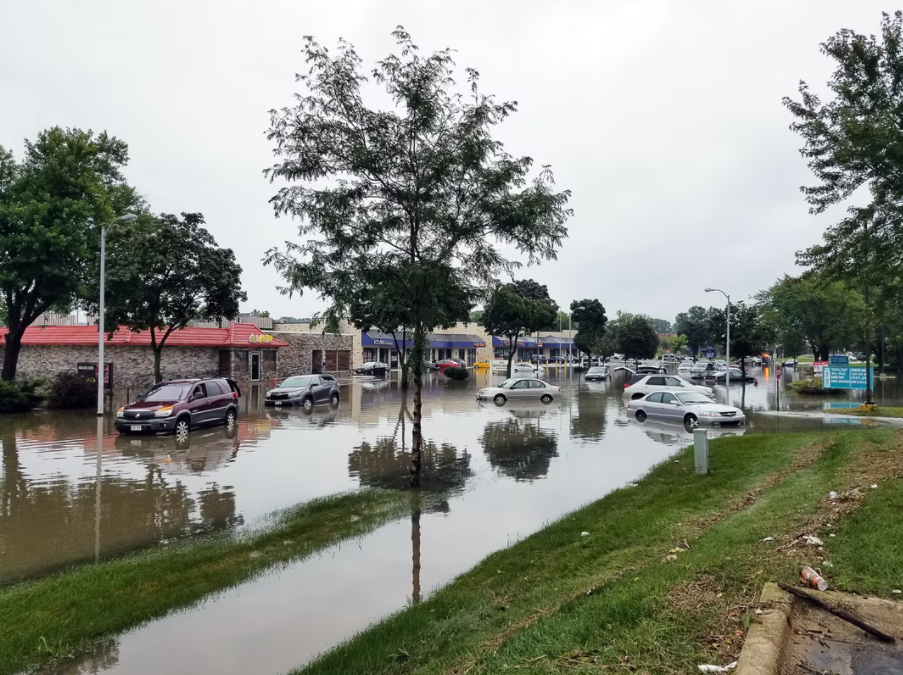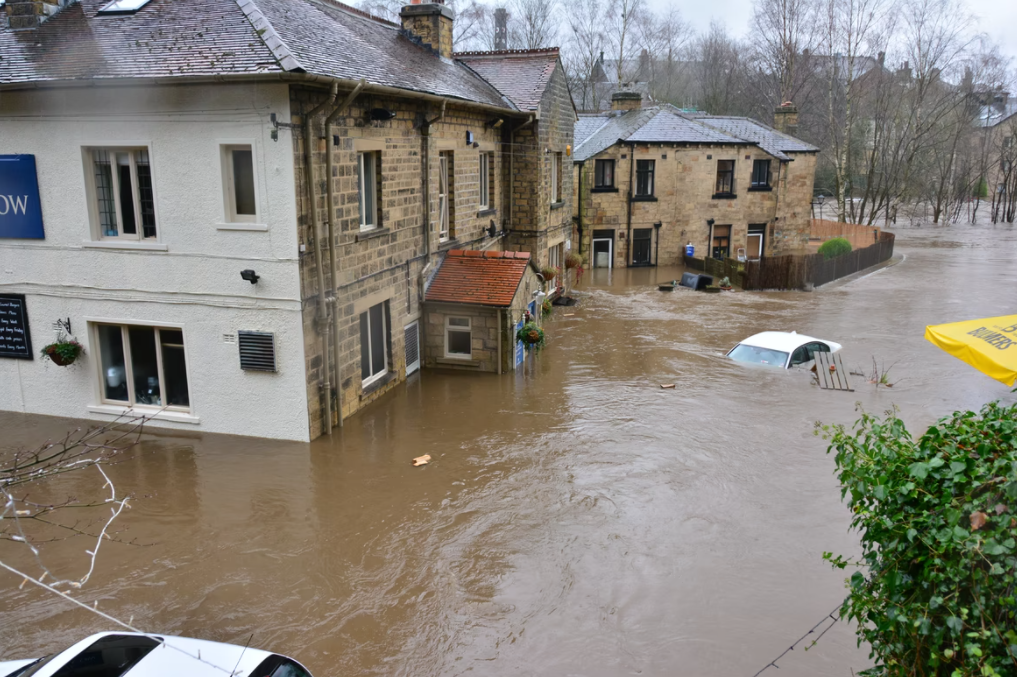Why Fast Response Time is Crucial in Commercial Restoration

When disaster strikes, the clock starts ticking. For businesses facing water or fire damage, every minute can mean the difference between minor repairs and major reconstruction!

In the world of commercial restoration, fast response time isn’t just a nice-to-have—it’s a necessity. As a senior commercial restoration services provider with a deep understanding of the industry, I’ve seen firsthand the critical importance of swift action in mitigating damage and facilitating recovery.
The Impact of Delayed Response
In the aftermath of a fire or flood, the immediate focus is often on ensuring the safety of personnel and assessing the extent of the damage.
However, delays in addressing the damage can lead to a host of complications that can escalate both the cost and scope of restoration efforts.
- Mold Growth and Structural Damage: Water damage, if not promptly addressed, can lead to mold growth within 24 to 48 hours. Mold not only compromises indoor air quality but also poses serious health risks. Additionally, prolonged exposure to moisture can weaken structural components, such as wood and drywall, making them susceptible to warping, swelling, and rot.
- Increased Downtime: For commercial properties, time is money. The longer a business remains closed, the greater the financial loss. A prompt response can help mitigate downtime by enabling quicker damage assessment and initiation of restoration processes. This is particularly crucial for businesses that rely on physical premises to operate, such as retail stores, restaurants, and manufacturing facilities.
- Escalating Costs: The costs associated with water and fire damage restoration increase significantly with time. Secondary damages, such as mold remediation and structural repairs, add to the overall expense. Insurance companies may also scrutinize claims more closely if delays in mitigation are perceived to have exacerbated the damage.

The Role of Commercial Restoration Services
Commercial restoration services play a pivotal role in responding to and managing the aftermath of disasters. These specialized services are equipped with the expertise, tools, and personnel needed to handle large-scale restoration projects. They understand the complexities of commercial properties and are adept at navigating the unique challenges these environments present.
Key Elements of Effective Restoration
- Rapid Response Teams: Leading restoration companies maintain 24/7 rapid response teams that can be on-site within hours of an incident. These teams conduct initial assessments, implement emergency measures (such as boarding up windows or setting up tarps), and begin the drying or cleaning process immediately.
- Advanced Equipment and Techniques: The use of advanced equipment, such as industrial-grade dehumidifiers, air movers, and thermal imaging cameras, is crucial in identifying and addressing damage that may not be immediately visible. These tools help ensure thorough drying and cleaning, reducing the risk of secondary damage.
- Coordination and Communication: Effective restoration requires close coordination with building management, insurance adjusters, and contractors. Clear communication channels ensure that all parties are informed of the restoration plan, timelines, and any adjustments that may be needed as work progresses.
Why Speed Matters in Commercial Restoration
The adage “time is of the essence” is particularly true in commercial restoration. A swift response not only mitigates damage but also helps businesses recover and resume operations more quickly. Here are some reasons why speed is critical:
- Minimizing Disruption: Quick action helps minimize the disruption to business operations. In some cases, restoration efforts can be coordinated to allow parts of the business to remain open while repairs are underway, thereby maintaining some level of revenue and customer engagement.
- Protecting Business Assets: Fast response times are crucial in protecting valuable business assets, including equipment, inventory, and records. The sooner these assets are secured and restored, the lower the likelihood of loss or prolonged downtime.
- Reducing Health Risks: Water damage can lead to hazardous conditions, such as mold growth and electrical hazards. Fire damage often results in soot and smoke residues that can affect air quality. Prompt restoration helps mitigate these health risks, ensuring a safer environment for employees and customers.

Recommendations for Business Owners
To ensure a quick and effective response in the event of water or fire damage, business owners should consider the following:
- Develop a Disaster Response Plan: Having a plan in place that outlines emergency contacts, response procedures, and key resources can help streamline the restoration process. Include a list of preferred commercial restoration services that are available 24/7.
- Regular Maintenance and Inspections: Regular inspections and maintenance of building systems, such as plumbing, electrical, and HVAC, can help prevent some types of damage. Early detection of issues can lead to proactive repairs, reducing the risk of catastrophic failures.
- Invest in Insurance: Adequate insurance coverage is essential for mitigating financial losses. Work with an insurance provider to understand your policy and ensure it covers various types of damage, including water and fire. This coverage should also account for the costs associated with business interruption.
Conclusion
In the realm of commercial restoration, speed is not just about getting the job done quickly—it’s about minimizing damage, reducing costs, and helping businesses recover swiftly.
The importance of a fast response cannot be overstated, and partnering with professional commercial restoration services is the best way to ensure that your business is back up and running as soon as possible.








